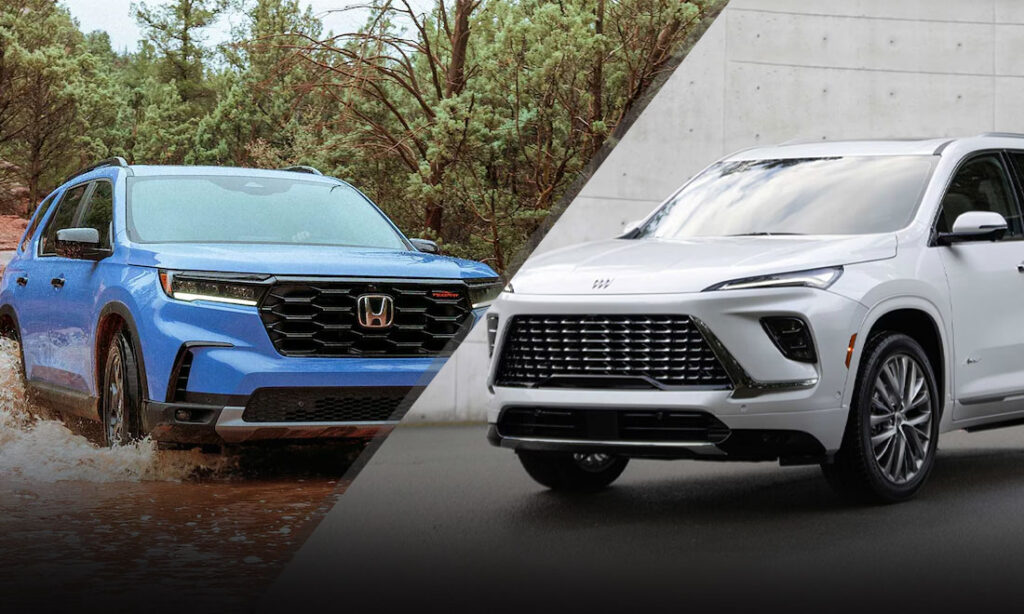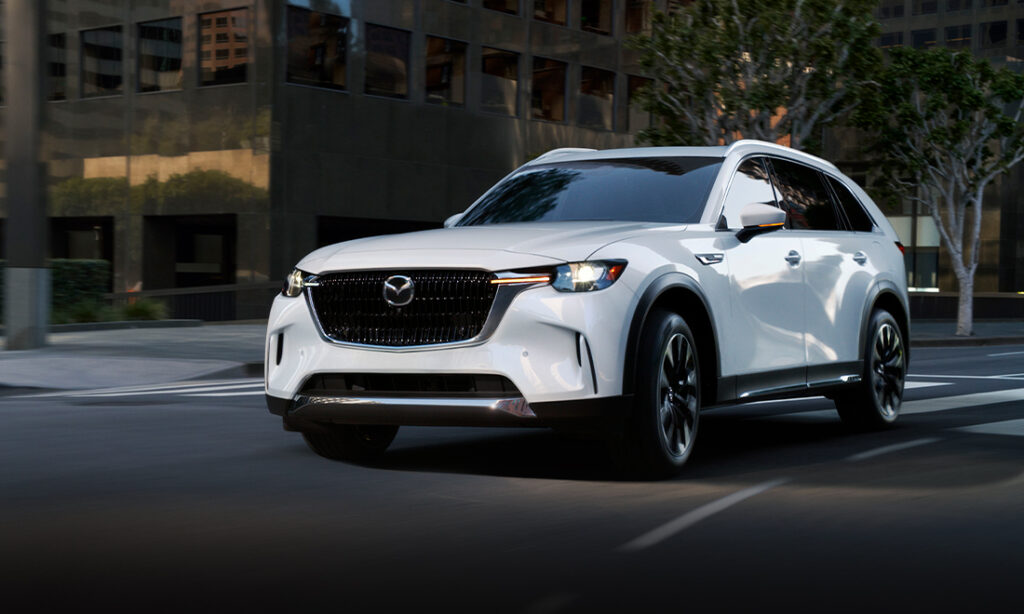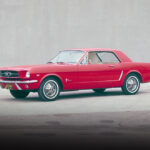Classic Clash: Pontiac Fiero vs Toyota MR2
The 1980s was a weird time in the auto industry. But even by those standards, the Pontiac Fiero and Toyota MR2 were outliers.
A Good Idea at the Time
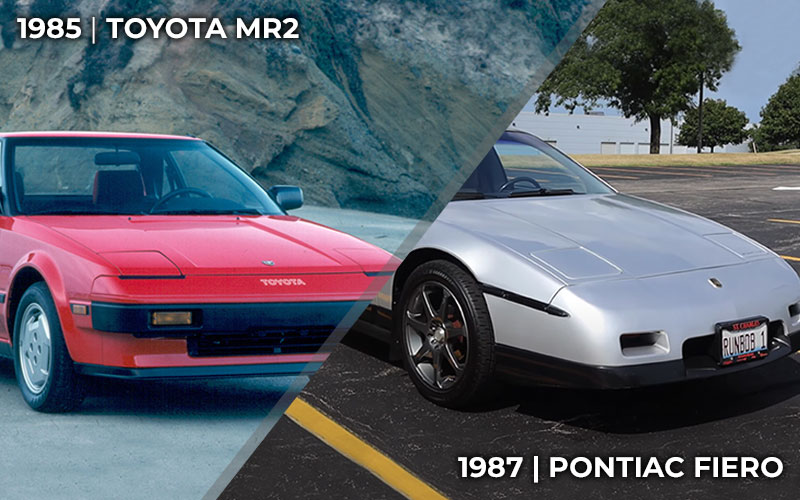
Lightweight, two-seat, midengined sports cars remain largely the realm of European automakers. But back in the mid-1980s, both GM and Toyota bet they too could make money with something spritely and sporty. The resulting cars, the Pontiac Fiero and the Toyota MR2, were compelling, yet far from perfect. So why did one fail to survive past a single generation while the other made it all the way to the next millennia? We look back at these two unique ‘80s classics to find out.
Pontiac Fiero
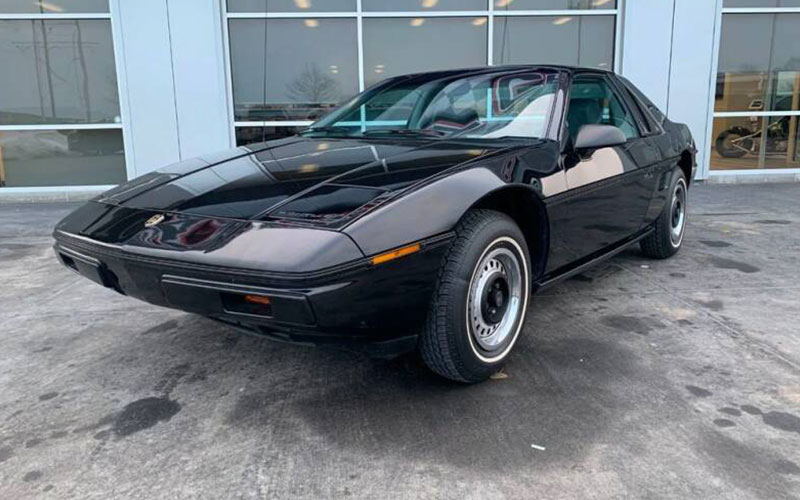
The long awaited C8 largely delivered on decades of promises, rumors, and pipedreams of a midengined Corvette. The trouble surrounding the Pontiac Fiero, GM’s first attempt at a mid-engine sports car, could be part of why it took nearly forty years for the company to take a second crack at the design.
In the early 1980s, GM saw an opening for an economical, sporty two-seater that would sit below the Corvette. The P-car project was given a relatively low budget of $700 million which necessitated a lot of parts-bin rummaging. The Fiero would borrow the Chevy Citation’s Iron Duke four-pot, the Pontiac Phoenix’s X-body front suspension flipped to the rear, and the steering components and front suspension of the Chevy Chevelle.
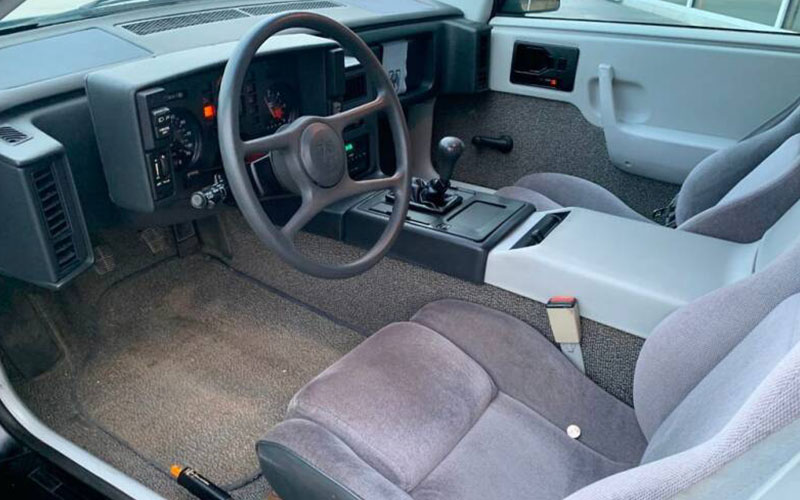
Even though the car’s internals were largely cobbled together, the Pontiac Fiero looked compellingly original, quickly catching the eyes of consumers. The Fiero turned out to be a surprise sales success for GM. In it’s first model year of 1984, over 136,000 units were sold. As you may know, the good times for the Fiero didn’t last long.
Toyota MR2
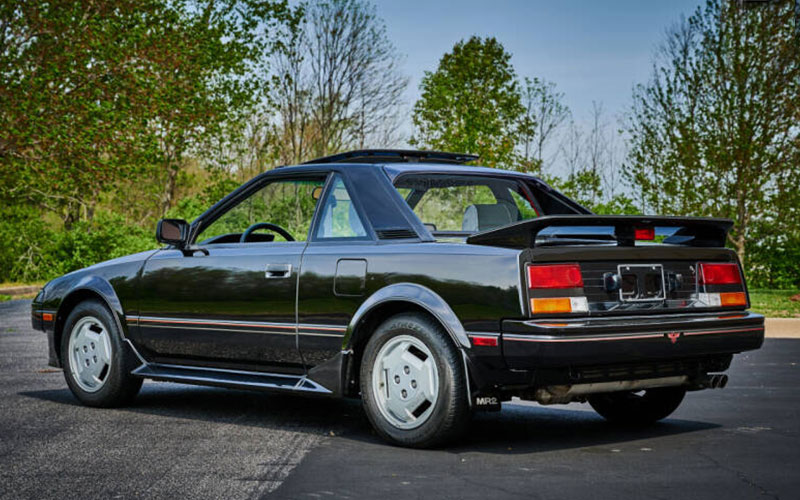
The MR2 was part of a trio of Toyota sports cars that included the Celica and Supra. While the other two cars got larger engines and larger spotlights, the MR2’s claim to fame was its lightweight mid-engine design. Though the original pitch was for an economical two-seater, as the MR2 progressed through development it became more and more sporty (with help from Dan Gurney and Roger Becker). The resulting car offered excellent balance and tight handling.
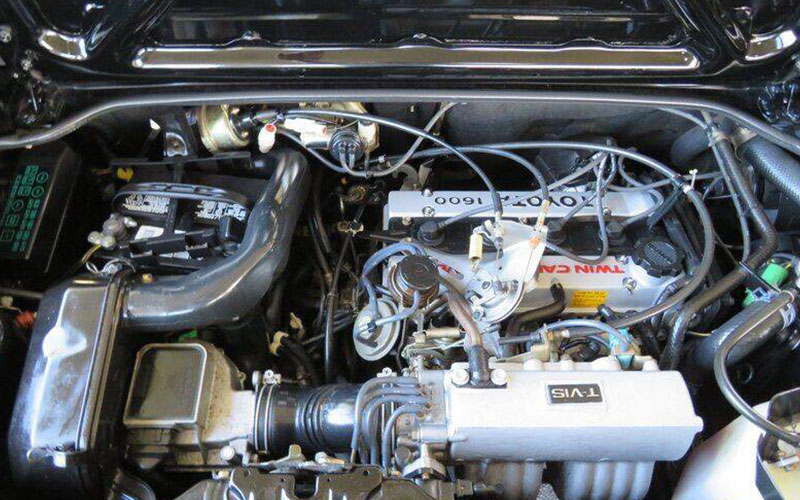
The MR2 began with a 1.6L inline-four making 122hp paired with either a five-speed manual or four-speed automatic transmission, the former of which is one of the main attractions of the first generation MR2. In 1987, the MR2 received an upgrade supercharged engine that bumped things up significantly to 140 horsepower, allowing for a fairly swift 0-60 time of 7 seconds.
Achilles’s Heels
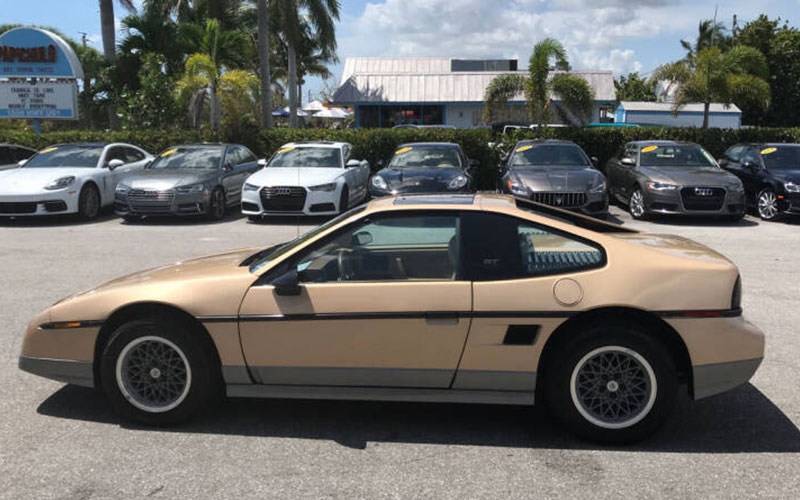
Not only are the Pontiac Fiero and Toyota MR2 remembered for their distinctive midship designs, both cars are also well known for their problematic natures. The MR2 was notorious for a dangerous amount of snap oversteer while the Fiero had a higher than average tendency to burst into flames.
In the case of the Fiero, the car did indeed have an inordinate amount of engine fires under its belt. By the time of GM’s recall in 1987 for the first year (’84 model year) cars, it was estimated that as many as 1 in 508 cars sold had experienced an engine flambé.
The culprits, it turned out, were defective connecting rods along with poor engine block casting. The combination could lead to oil leaking onto the engine block and igniting. GM recalled as many as 125,000 of the 136,000 first year Fieroes to fix the issue. They were not, however, offering a mea culpa.
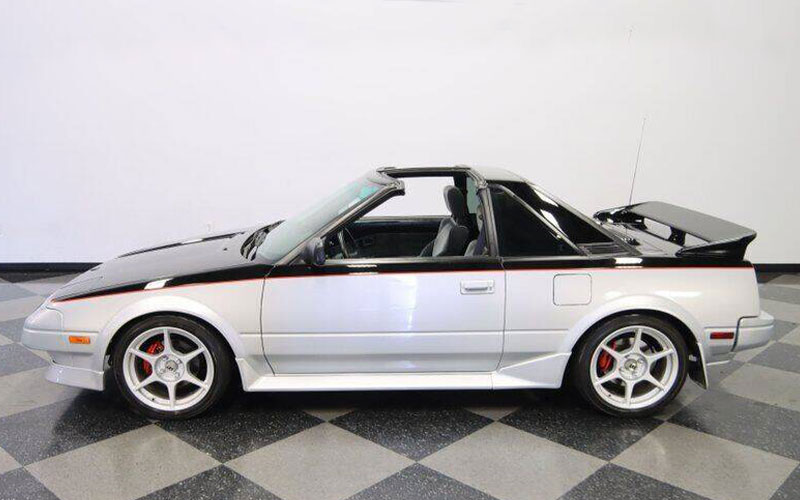
Instead, GM put the blame on consumers who ran the cars with less than adequate oil, ascribing connecting rod problems to a lack of proper lubrication. It was an ironic explanation considering internal GM documents later showed the company knew of defective connecting rods and because the Iron Duke itself had been given a smaller than spec oil pan to allow the engine to fit in the Fiero’s small rear engine bay.
The MR2 got its own bad rap for its habit to snap oversteer. The rear-wheel drive, mid-engine layout meant the weigh distribution shifted significantly in cornering and could lead to the rear wanting to slip out and letting off the throttle only accentuated the issue. Some argue the tendency toward snap oversteer is just part of the playful nature of the car. It wants, nay, begs to be tossed into corners, given a little throttle and scoot its way out with a little tail waggle.
End of the Road
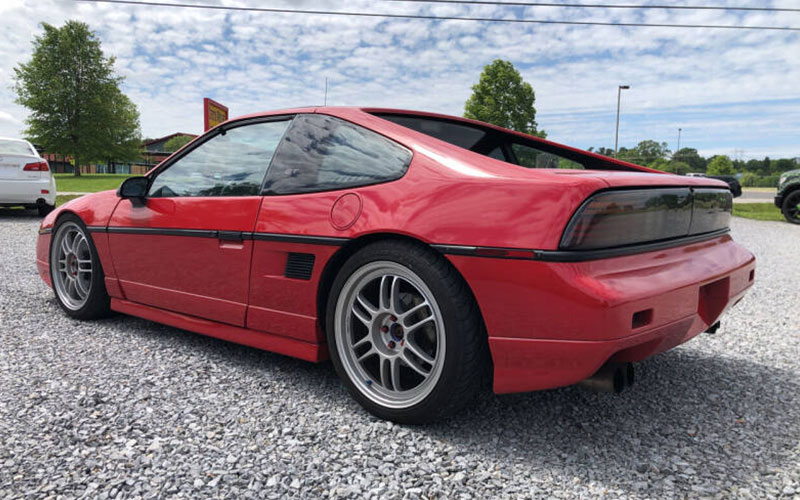
The bad press for the Fiero proved fatal for sale numbers, which had fallen off a cliff by 1988 and led to the car’s demise. Even the introduction of a new more reliable and powerful V6 in ’85 hadn’t been enough to save the Fiero from it’s bad reputation.
The Toyota MR2, for its part, would go one to another two generations. The second gen starting in 1989 received a cosmetic overhaul and a new 2.0L turbocharged engine. Snap oversteer was still present making this more of a feature than a bug in the MR2. The third generation MR2 Spyder spanned from 1999 to 2007, and, if you didn’t guess from the name, came exclusively as a convertible. There are even rumors today that Toyota might bring back the MR2 name in the guise of an electric or hybrid sports car.
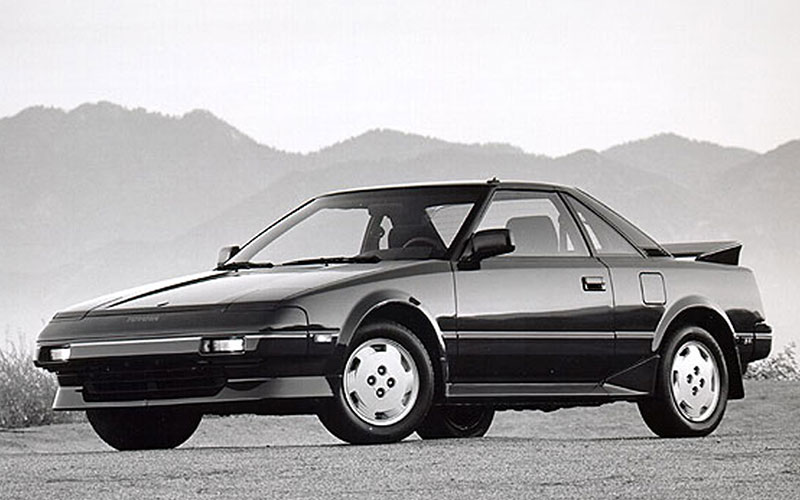
Both cars have seen resurgent interest from car enthusiasts in recent years as the charms of a mid-engine layout and ‘80s sports cars comingle to produce new fans of these quirky gems. It’s easy for us to call the MR2 the winner in this contest between but there’s something equally great about the Fiero. The success of the MR2 in the US and the C8 Corvette prove the Fiero’s problem wasn’t with the quixotic idea of an American mid-engine sports car. Rather, the Fiero failed due to poor execution, hampered by budget constraints and engineering compromises that doomed the car prematurely.


